Explore The World of Crop Protection
All about insect Pheromones

Indian agriculture


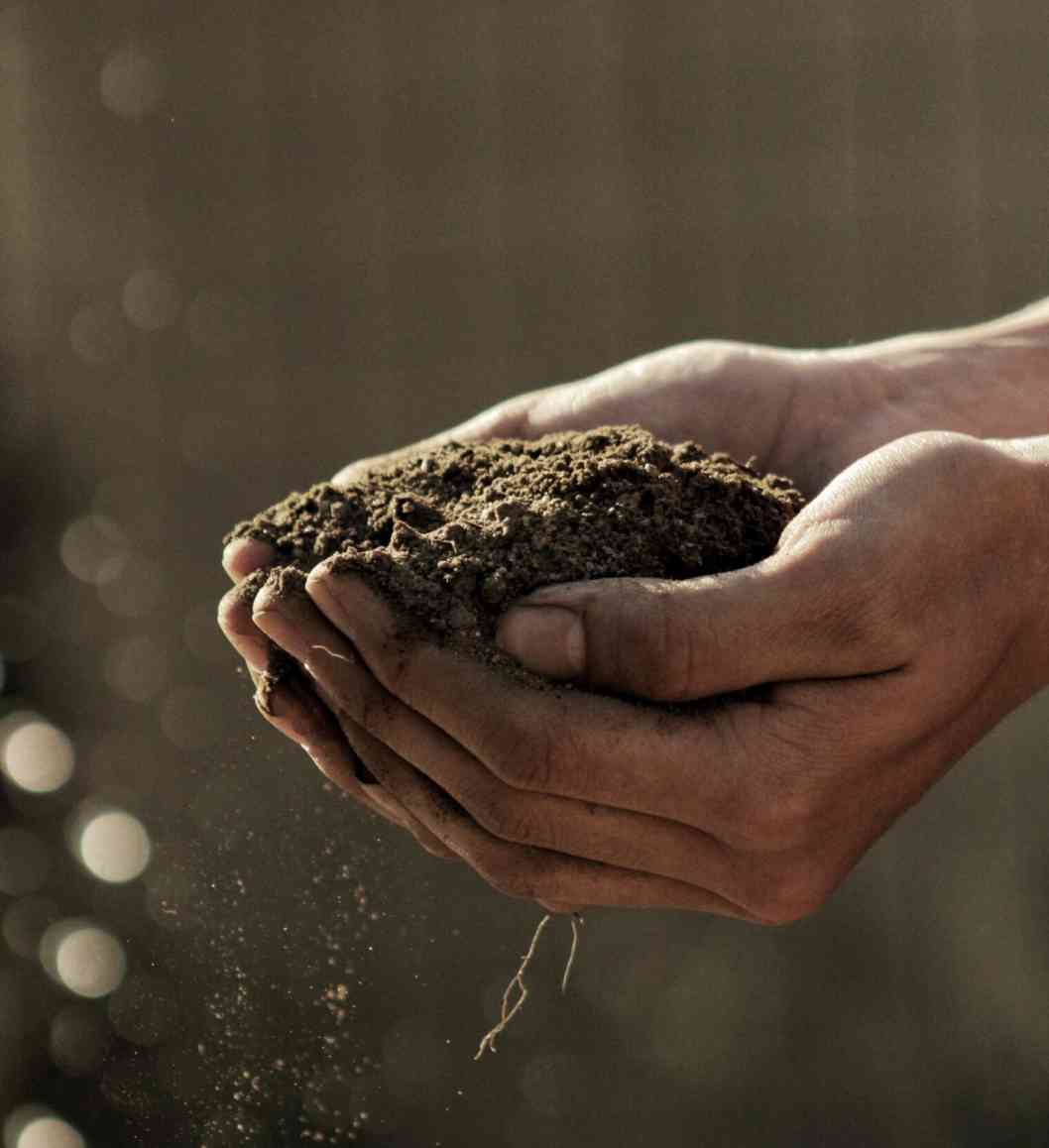
"Worldwide India is the Important Representative in agriculture."
INTEGRATED PEST MANAGEMENT
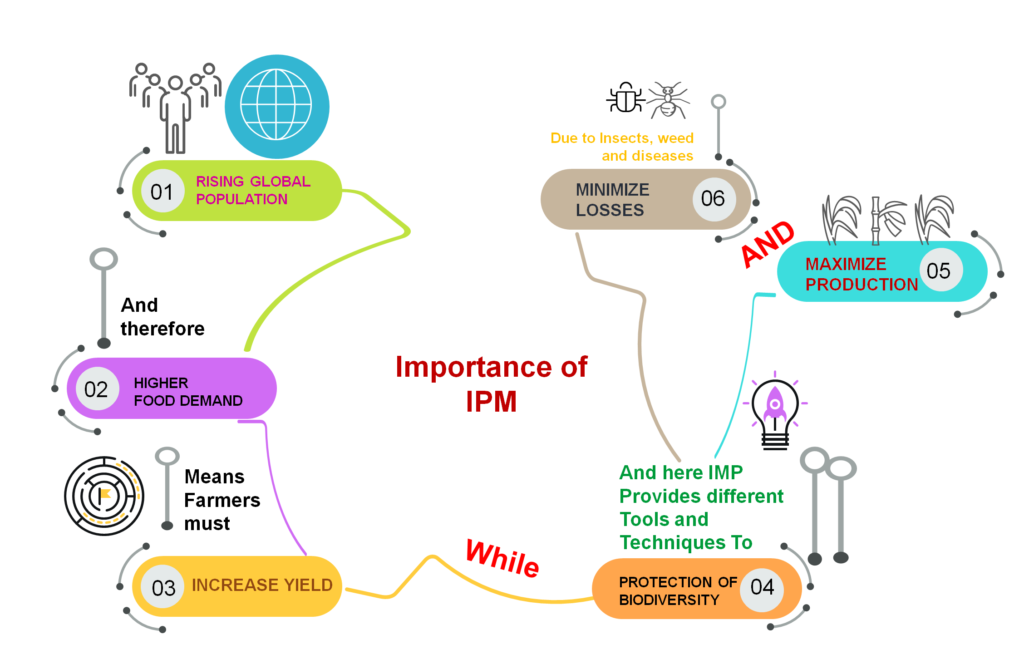
IPM is a very vital strategy in crop health maintenance. Fruitful farming is composed of “good yield and quality of the product or crop” which can be achieved through minimizing instances of pest and diseases and thus enhancing natural way of control. Various categories of pests can overrun crops, harming them completely or partially, causing quality and quantity of crop produce. Farmers use different type of chemical pesticides against these pest. Overdose or long run use of these pesticides cause negative impact on environment and public health. And here comes the IMP, which is the supervising and diagnostic system, as well as “good agricultural practice” that uses the least amount of pesticide whenever possible. Insect Pheromones use already proven for surveillance and mass trapping of pests.
Insect Pheromones Traps
Insect Pheromones are the chemicals, which are produced and released into environment by organisms to communicate between the members of same species. These are species specific and may stimulate one gender or all genders. Synthetic insect pheromones are used to attract, control and kill the agricultural pest. Insect pheromones are the key component in the management of pests of agricultural crops or fruit crops.
Different types of Inset Pheromones are there, like
- Sex Pheromones
- Aggregation Pheromones
- Anti- aggregation Pheromones
- Alarm Pheromones
- Trail Pheromones
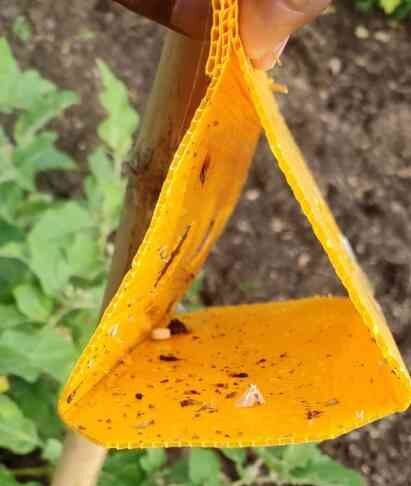

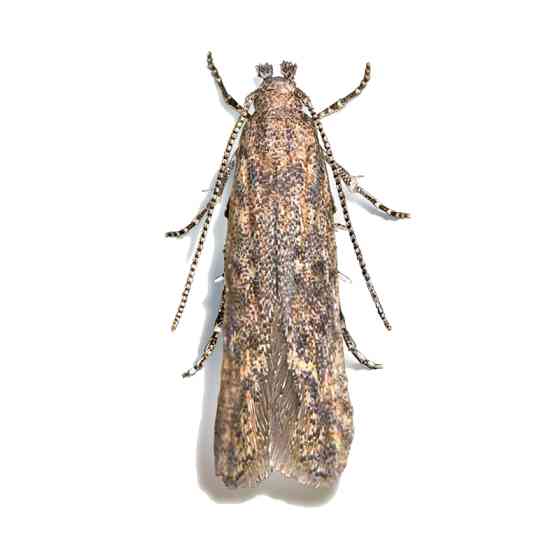

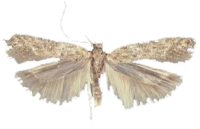
Insect Pheromone is the simple yet powerful way of controlling and managing pest.
In agricultural IPM, major strategy used to control pest is use of Sex Pheromones. Various strategies can be used to target specific pests:
a. Mass trapping: Entrapping the huge number of insects by means of pheromone traps and lures.
b. Attract and kill: It is the next step to the above step where trapped insects are killed in the killing device.
c. Disturbing mating: Interfering with the mating cycle of the insect.
d. Push-pull approach: It repel pests from a crop and keep attracting it toward an external location. Here, combination of pheromone types is used such as aggregation and non-aggregation pheromone.
There are several advantages of using Insect Pheromones for pest control such as:
1. Lower cost
2. High Specificity
3. High sensitivity
4. Ease of use
5. Less toxic


